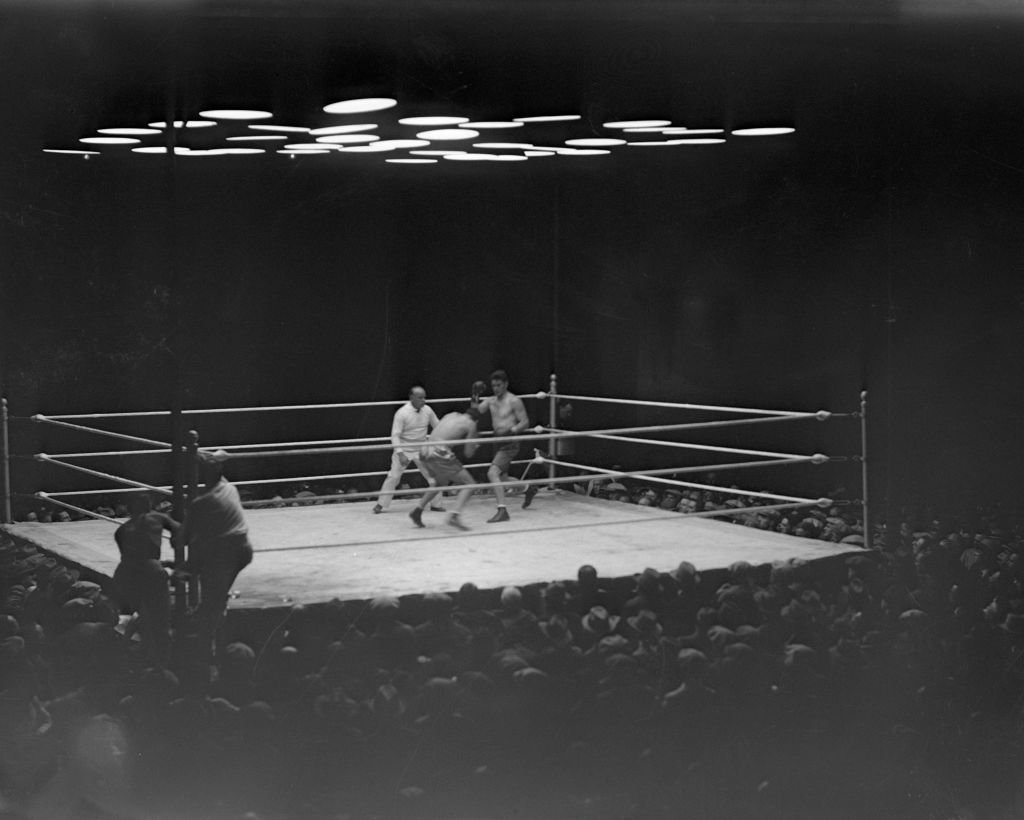Sports
The Story of Billy Miske: the Boxer Who Nearly Died in the Ring to Give His Family a Perfect Last Christmas

Professional boxers are some of the toughest humans not just in sports, but on the entire planet. It takes a special breed to sign up to get punched in the mouth over and over for a living. The titans of boxing like Muhammad Ali, Mike Tyson, and Joe Louis are fighters every fan knows to be tough, but what about Billy Miske?
Although he didn’t go down as a legend, Miske should go down as the toughest boxer of them all. A deadly kidney disorder brought Miske’s career to a screeching halt in 1923, but that didn’t stop him from getting in the ring one last time. In what would be his last Christmas on earth, Miske didn’t have enough money to give his family any presents. So, he decided to do the one thing he did best: fight.
Billy Miske was a prominent boxer in the 1920s
Miske was born and raised in Saint Paul, Mn. Nicknamed “The St. Paul Thunderbolt,” Miske first stepped into the ring as a professional when he was just 18 years old.
He competed as a professional boxer from 1913-1923. Over his 10-year professional career, Miske fought in 53 bouts and won 45 of them. He tallied 34 knockouts and was only knocked out by an opponent once.
Miske fought against famous light heavyweight champions such as Harry Greb and Jack Dempsey. He boxed Greb to a 10-round draw twice, but Dempsey got the best of him in each of the three times they matched up.
Anyone who faced Miske during his short career said he was hard to hit and he wouldn’t quit.
Miske is diagnosed with a deadly kidney disease in 1918
In 1918, doctors tell Miske he has Bright’s Disease and that he only has five years to live, if he’s lucky. Miske’s professional boxing career was just getting started, but he was told to quit fighting that day. He was just 24 years old.
The problem for Miske is he’s $100,000 in debt because of the failing car distributorship he owns in St. Paul. He can’t afford to quit fighting, so he doesn’t. Miske kept his disease a secret and appeared in 30 more fights following his diagnosis.
In 1920, Miske fought Dempsey for the heavyweight title. Dempsey hit him so hard in the chest that a huge purple welt appeared right near his heart, but Miske still got to his feet and continued the fight. Miske got knocked out soon after, but his toughness and refusal to quit proved to be a forecast for his final professional fight in 1923.
Despite his illness, Miske fights once more to give his family a Christmas
Billy Miske was in bad shape by the year 1923. Christmas was approaching and Miske hadn’t set foot in the ring since January. His body was failing him. He couldn’t even get out of bed at the time, let alone box.
Eventually, Miske came to the realization that this would be his last Christmas. His Bright’s Disease was about to knock him out the way no boxer could, and he didn’t have enough money to buy his three children Christmas presents. So, he went to set up one final fight.
Miske’s manager, Jack Reddy, immediately denies Miske his wish. “I don’t like to say this, “but if you went in the ring now, in your condition, you might get killed,” Reddy told him. “What’s the difference?” Billy said. “It’s better than waiting for it in a rocking chair.”
So, Miske’s final fight was set. He would face hard-hitting Bill Brennan, who went 12 rounds with Dempsey, on November 7. Leading up to the fight, Miske can’t even leave bed to train. He never sets foot in a gym or touches a pair of gloves until the bout.
Amazingly, Miske makes it to the fight and knocks out Brennan in the fourth round. The fight netted Miske $2,400, and he was able to give his family the best Christmas of their lives. Just 55 days after the fight, Miske died of kidney failure.
“Billy Miske was one of the greatest fighters to ever lace up the gloves, but you don’t have to be a boxing fan to admire what this man did,” boxing historian Jake Wegner once said. “Miske leaves a legacy of raw courage, of hope for what is possible for people while they are sick–for what you can do while you are sick–even terminally sick. He leaves behind a role model for fathers, husbands and for fighters.”











